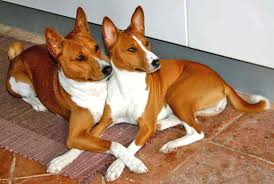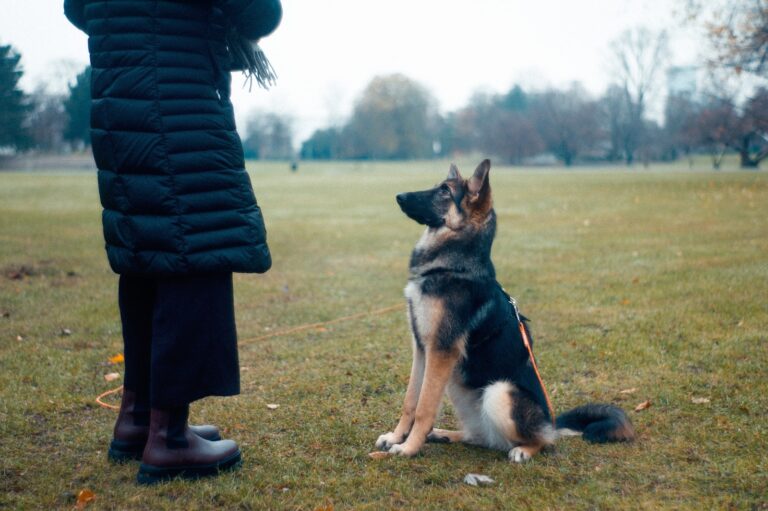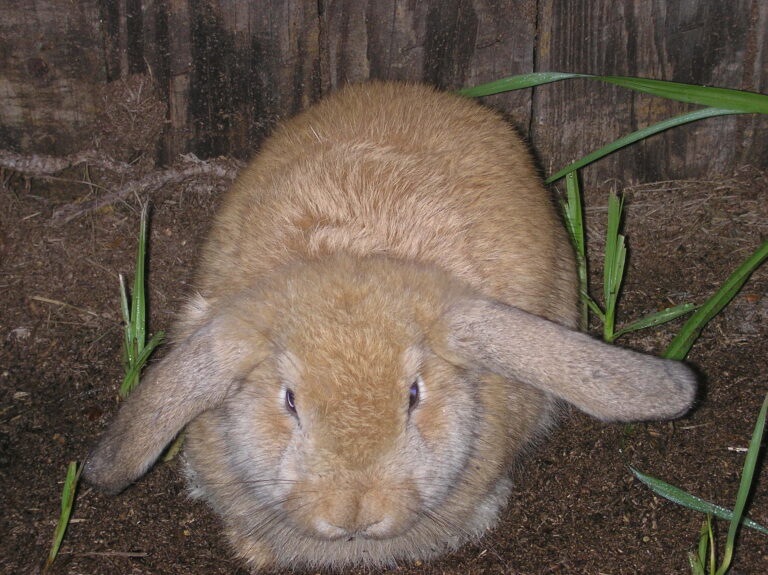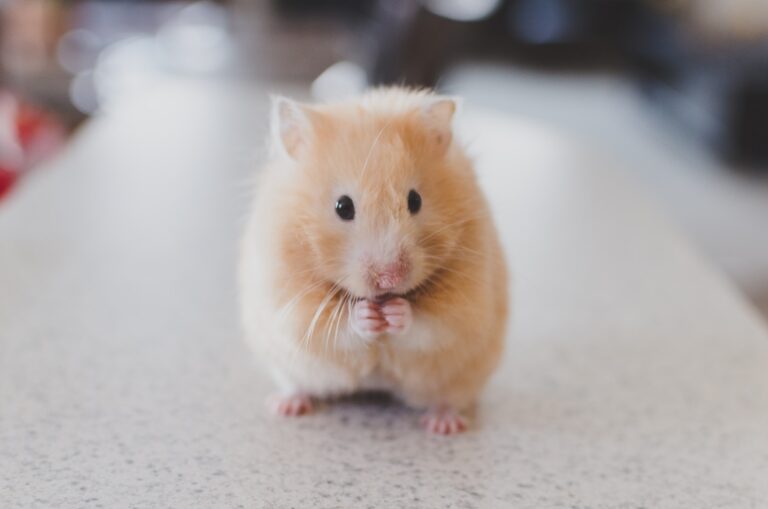The Influence of Hollywood on Dog Portrayals and Ownership Trends
Hollywood has a long history of featuring specific dog breeds in various roles, shaping public perceptions of these animals. This phenomenon raises intriguing questions about whether these dog portrayals affect dog ownership trends. In this article, we will explore the impact of movies on popular dog breeds and whether filmmakers intentionally choose certain breeds to influence our perceptions. Although, there isn’t comprehensive data available to definitively show a direct correlation between the release of a specific movie featuring a particular dog breed and a subsequent increase or decrease in demand for that breed. Dog ownership trends are influenced by a wide range of factors including lifestyle, personal preferences, breed characteristics, and availability from breeders or shelters. However, it’s possible that there might be anecdotal or localized evidence that suggests a short-term spike in interest for a particular breed following the release of a popular movie, especially if the film prominently features a specific breed in a positive light. These dog portrayals lead to an increase in inquiries about that breed, or even impulse purchases. It’s important to note that trends in dog ownership and breed popularity can vary widely by region, and they are also subject to change over time due to various cultural, societal, and economic factors. However, the entertainment industry is like a double-edged sword; while it can elevate the desirability of one breed, it can also cast another in an entirely undesirable light.
Positive dog portrayals
Jack Russells: The Fun and Smart Companions. Jack Russell Terriers are often depicted as lively, intelligent dogs in movies like “The Mask” and “Hotel for Dogs.” While their on-screen charisma may contribute to their popularity, data supporting a direct correlation between movie portrayals and increased ownership is limited. The portrayal of Jack Russell Terriers is generally accurate. They are known for their high energy levels, intelligence, and quick wit. Jack Russells are a highly trainable breed and excel in activities that challenge their minds, such as agility training and problem-solving games. Their intelligence can sometimes lead to stubbornness or a strong-willed nature, so it’s important for owners to provide consistent training and mental stimulation. This breed’s lively nature makes them well-suited to active families or individuals who enjoy outdoor activities.
Bulldogs: Mr. Magoo’s Smart Sidekick. In the movie “Mr. Magoo,” the bulldog character McBarker is portrayed as an intelligent and loyal companion. While this portrayal captures some positive aspects of bulldogs’ temperament, it’s important to note that individual dogs can vary in personality regardless of breed. Bulldogs are known for their gentle and affectionate nature. They are often described as excellent companions, especially for families, due to their loving and patient disposition. They are also known for their loyalty and tend to form strong bonds with their owners. However, it’s worth mentioning that bulldogs have specific health considerations, as they are a brachycephalic breed with flat faces, which can lead to respiratory issues. Prospective bulldog owners should be aware of these potential health challenges and seek out responsible breeders who prioritize the well-being of their dogs. Regarding the impact of portrayals on breed popularity, bulldogs have experienced fluctuating levels of popularity over the years. While movies like “Mr. Magoo” may contribute positively to the breed’s image, it’s not as influential as portrayals of certain other breeds like German Shepherds or Labrador Retrievers, which are often featured in roles that showcase their intelligence, loyalty, and versatility.
German Shepherds: Heroes of War and Police Dramas. German Shepherds, known for their intelligence and loyalty, frequently play roles as war heroes or police dogs in movies such as “Max” and “K-9.” There is evidence to suggest that these portrayals have influenced ownership trends. For instance, during and after World War I and II, German Shepherds gained popularity in the United States due to their association with the military.
Saint Bernards: The Gentle Giants. Saint Bernards, famously depicted in the heartwarming film “Beethoven,” have earned a well-deserved reputation for their endearing and amiable nature. Breed dog portrayals are lovable giants with hearts of gold undoubtedly plays a significant role in their widespread popularity as cherished family companions. These magnificent dogs are characterized by their impressive size, noble bearing, and warm, expressive eyes that exude kindness. Their gentle disposition and remarkable patience make them a natural choice for families seeking a loving and reliable addition to their household. Their innate affinity for children, coupled with an instinct to protect, further solidify their status as an ideal family pet. Beyond their charming demeanor, Saint Bernards also possess a keen intelligence and a strong desire to please their human companions. This combination of intelligence and affability makes them highly trainable, allowing them to quickly become an integral part of family activities and routines. Moreover, their sturdy build and adaptable nature mean they can comfortably coexist in various living environments, whether it be a spacious suburban home with a backyard to roam or a cozy urban apartment. This versatility makes them accessible to a wide range of families, from those with expansive estates to those residing in bustling city centers. While their size may be imposing, their hearts are even bigger, as they are renowned for their affectionate and loyal nature. Saint Bernards often form deep bonds with their families, demonstrating unwavering devotion and a protective instinct that provides a sense of security for those they love. In essence, the endearing portrayal of Saint Bernards in “Beethoven” mirrors their true essence. These gentle giants embody the qualities that many families seek in a beloved pet – loyalty, affection, and a heart full of love. It is this genuine and heartwarming nature that continues to make them a cherished member of countless households around the world.
Benji: The Stray with Surprising Intelligence. Benji, the adored mixed-breed canine, has won over audiences with his resourcefulness and sharp intelligence. Dog portrayals of mixed-breed canines has always been positive in Hollywood. Benji’s endearing character serves as a shining example that a dog’s capabilities and personality can truly shine, regardless of their specific lineage or breed. Benji’s universal appeal lies in his relatability and the universal qualities he embodies. He exemplifies the boundless potential and remarkable adaptability that dogs possess, irrespective of their pedigree. This heartwarming portrayal underscores the notion that a dog’s worth is not determined by their lineage, but rather by their unique set of skills, innate charm, and the special bond they forge with their human companions. Furthermore, Benji’s popularity reinforces the idea that every dog, regardless of their background, has the capacity to be a beloved and cherished member of a family. His character stands as a testament to the extraordinary impact a dog can have on the lives of those they touch. In a world where diversity is celebrated, Benji’s mixed-breed status serves as a powerful symbol of inclusivity and acceptance. It reminds us that beauty, intelligence, and devotion come in various forms, and that love knows no bounds when it comes to our four-legged companions.
Not so positive dog portrayals
Huskies. One notable instance of Siberian Huskies being portrayed in movies is in the film “Snow Dogs” (2002). In this heartwarming comedy, the protagonist, played by Cuba Gooding Jr., inherits a team of mischievous Siberian Huskies in a small Alaskan town. The film highlights the breed’s spirited and independent nature, as well as their strong sense of adventure. In “Snow Dogs,” the Huskies are depicted as adventurous and free-spirited, often leading the protagonist on wild escapades through the Alaskan wilderness. Their wolf-like appearance and striking blue eyes contribute to the portrayal of these dogs as untamed and wild, similar to their distant wolf ancestors. However, it’s important to note that while Siberian Huskies do have a natural independent streak, they can also be incredibly affectionate and loyal to their human companions. With the right training, socialization, and consistent care, Huskies can form deep bonds with their owners, showcasing their loving and devoted side, contrary to dog portrayal in movie.
In reality, Huskies are known for their intelligence, energy, and playfulness. They thrive on mental and physical stimulation, making them well-suited for active families who can provide them with the exercise and engagement they need. Additionally, their friendly disposition and sociable nature can make them wonderful additions to households that understand and appreciate their unique characteristics.
Pitbulls: Breaking Stereotypes. Pitbulls have long suffered from an unfair portrayal in movies, particularly in films like “The Little Rascals,” where they are often depicted as aggressive. However, a shift is occurring with movies like “Pit Bulls and Parolees,” aiming to challenge these stereotypes. While it’s challenging to measure the precise impact of these films on pitbull ownership, they undeniably play a role in reshaping perceptions. One breed that has frequently been misrepresented in cinema is the American Pit Bull Terrier, often painted as aggressive and hazardous. A clear instance of this misrepresentation is evident in the 1994 movie “The Little Rascals,” where a Pit Bull named “Petey” sports an eye patch, contributing to the perception of him being a formidable and potentially perilous dog. This portrayal perpetuates the unwarranted stereotype of Pit Bulls as aggressive and threatening. In actuality, when raised and trained responsibly, Pit Bulls can be affectionate, devoted, and well-mannered companions.
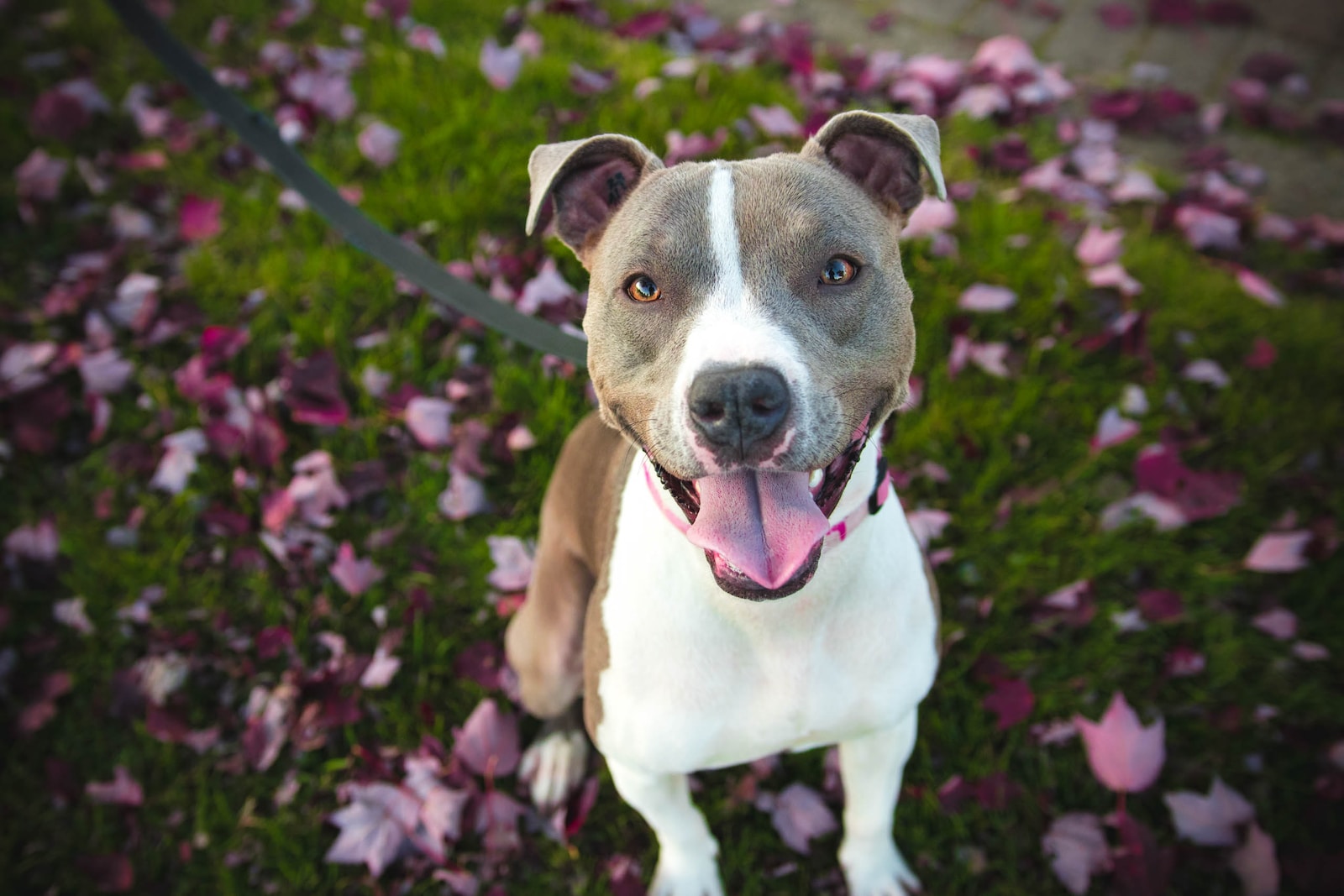
Rottweilers: From Guardians to Horror Icons. Rottweilers have been portrayed as both loyal guardians and menacing figures in movies such as “Cujo” and “The Omen.” This duality has contributed to a mixed reputation for the breed. While some may be draw, “The Omen,” a horror film released in 1976, featuring a Rottweiler named “Hannibal” as a menacing character, had a significant negative impact on the public perception of Rottweilers. The portrayal of Hannibal as an aggressive and dangerous dog contributed to the breed’s association with fear and aggression in popular culture. Following the release of “The Omen,” there was an increase in the stigma surrounding Rottweilers, and they were often unfairly labeled as dangerous or unpredictable. This negative perception led to misconceptions about the breed’s temperament and contributed to breed-specific legislation in some regions, which imposed restrictions or bans on owning Rottweilers.It’s important to note that these negative stereotypes are unfounded and do not accurately represent the typical behavior of Rottweilers. Like any breed, a dog’s behavior is primarily influenced by their upbringing, training, and socialization. Responsible breeders and advocates for Rottweilers have worked tirelessly to challenge these stereotypes and promote a more accurate understanding of the breed’s true nature. They emphasize the importance of responsible ownership, proper training, and socialization to ensure that Rottweilers are well-adjusted, obedient, and well-behaved members of society. Despite the negative impact of movies like “The Omen,” many individuals and organizations continue to work towards dispelling these myths and educating the public about the true nature of Rottweilers to debunk such negative dog portrayals.
Bulldog. Bulldogs are sometimes portrayed as slow, lazy, or unintelligent in movies. This portrayal overlooks their endearing, gentle, and loving nature. Bulldogs can be wonderful family pets known for their loyalty. One notable film that challenges the stereotype of Bulldogs is “Tom and Jerry: The Movie” (1992). In this animated classic, the character Spike, a Bulldog, is depicted as a loving and protective companion to his young owner. These dog portrayals stand in contrast to the misconception that Bulldogs are slow or unintelligent. In reality, Bulldogs possess a unique charm that endears them to many. While they may not be as energetic as some other breeds, they make up for it with their steadfast loyalty and gentle disposition. Their laid-back nature makes them wonderful companions for families, particularly in households with children. Contrary to the portrayal in movies, Bulldogs are far from lazy; they can be surprisingly playful and enjoy interactive activities with their families. They thrive on affection and are known for their love of cuddling. This breed’s strong sense of devotion and affectionate nature make them incredibly well-suited for families seeking a steadfast and loving pet.
Other popular breeds portrayed in a negative light
Doberman Pinschers have been frequently portrayed in a negative light in various movies. They are often cast as guard dogs, attack dogs, or even menacing villains due to their sleek and imposing appearance. One notable example is the 1976 film “The Amazing Dobermans,” where Dobermans were depicted as part of a criminal gang. Such dog portrayals can play negatively with potential dog owners.
Another breed that has sometimes been negatively portrayed in movies is the Dalmatian. Due to their high energy levels and need for exercise and stimulation, Dalmatians were often depicted as unruly or hyperactive in films like “101 Dalmatians.” This led to a surge in popularity followed by a subsequent rise in abandoned Dalmatians as owners realized they were not prepared for the breed’s specific needs.
German Shepherds, while often portrayed as heroic and intelligent, can also be cast as aggressive or dangerous in certain movies. Films that depict them as attack dogs or as part of criminal enterprises can contribute to misconceptions about the breed. Therefore Hollywood’s dog portrayals on the breed is mixed.
Intentional Breed Choices by Hollywood Producers
In the world of Hollywood filmmaking, the choice of a particular dog breed for a role is a carefully considered decision. Producers take into account various factors, including the dog’s appearance, temperament, and potential for training. This selection process aims to ensure that the chosen canine actor not only fits the character’s description but also has the ability to convey the desired emotions on screen. For example, a gentle and affable breed like a Golden Retriever might be chosen to portray a loyal family pet, evoking feelings of warmth and companionship. On the other hand, a German Shepherd’s strong and intelligent demeanor might be well-suited for roles as police or service dogs, exuding a sense of authority and capability.
While there may be a deliberate intention to evoke specific emotions or associations through these casting choices, it remains unclear whether these decisions and dog portrayals have a direct impact on broader dog ownership trends. Viewers may be drawn to certain breeds based on their portrayal in films, finding them endearing or relatable. However, the complex process of choosing a dog as a pet involves numerous considerations beyond cinematic representation. Factors such as lifestyle, living environment, and personal preferences play pivotal roles in the decision-making process for potential dog owners. Additionally, responsible breeders, rescue organizations, and shelters focus on educating prospective pet parents about the specific needs and characteristics of different breeds, ensuring a suitable match between the dog and its new home.
In essence, while Hollywood’s influence on our perceptions of dog breeds cannot be denied, the ultimate decision to bring a dog into one’s life is a multifaceted and deeply personal one. It is shaped by a variety of factors that extend far beyond the silver screen, emphasizing the importance of informed and thoughtful pet ownership. Overall, responsible ownership and breed education are crucial in ensuring a harmonious relationship between humans and their canine companions, regardless of Hollywood’s influence.

